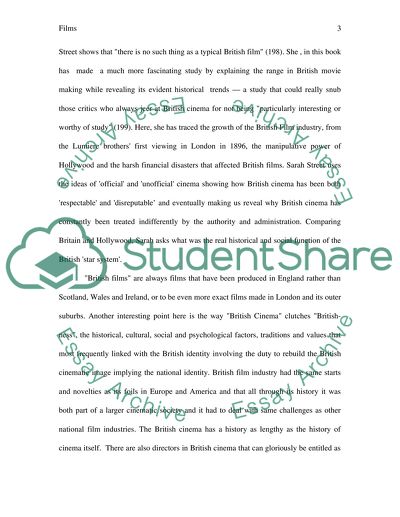Cite this document
(“British Avante Garde Films Essay Example | Topics and Well Written Essays - 2000 words”, n.d.)
British Avante Garde Films Essay Example | Topics and Well Written Essays - 2000 words. Retrieved from https://studentshare.org/architecture/1499529-british-avante-garde-films
British Avante Garde Films Essay Example | Topics and Well Written Essays - 2000 words. Retrieved from https://studentshare.org/architecture/1499529-british-avante-garde-films
(British Avante Garde Films Essay Example | Topics and Well Written Essays - 2000 Words)
British Avante Garde Films Essay Example | Topics and Well Written Essays - 2000 Words. https://studentshare.org/architecture/1499529-british-avante-garde-films.
British Avante Garde Films Essay Example | Topics and Well Written Essays - 2000 Words. https://studentshare.org/architecture/1499529-british-avante-garde-films.
“British Avante Garde Films Essay Example | Topics and Well Written Essays - 2000 Words”, n.d. https://studentshare.org/architecture/1499529-british-avante-garde-films.


